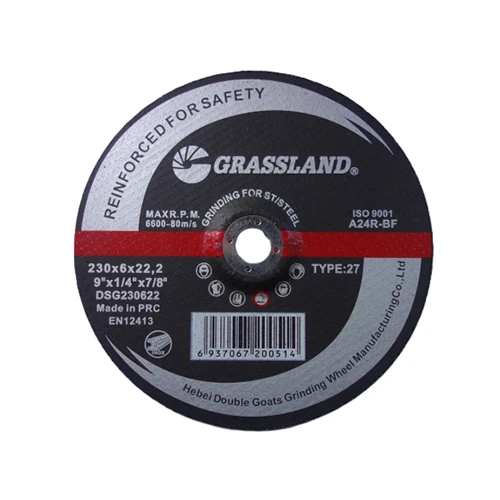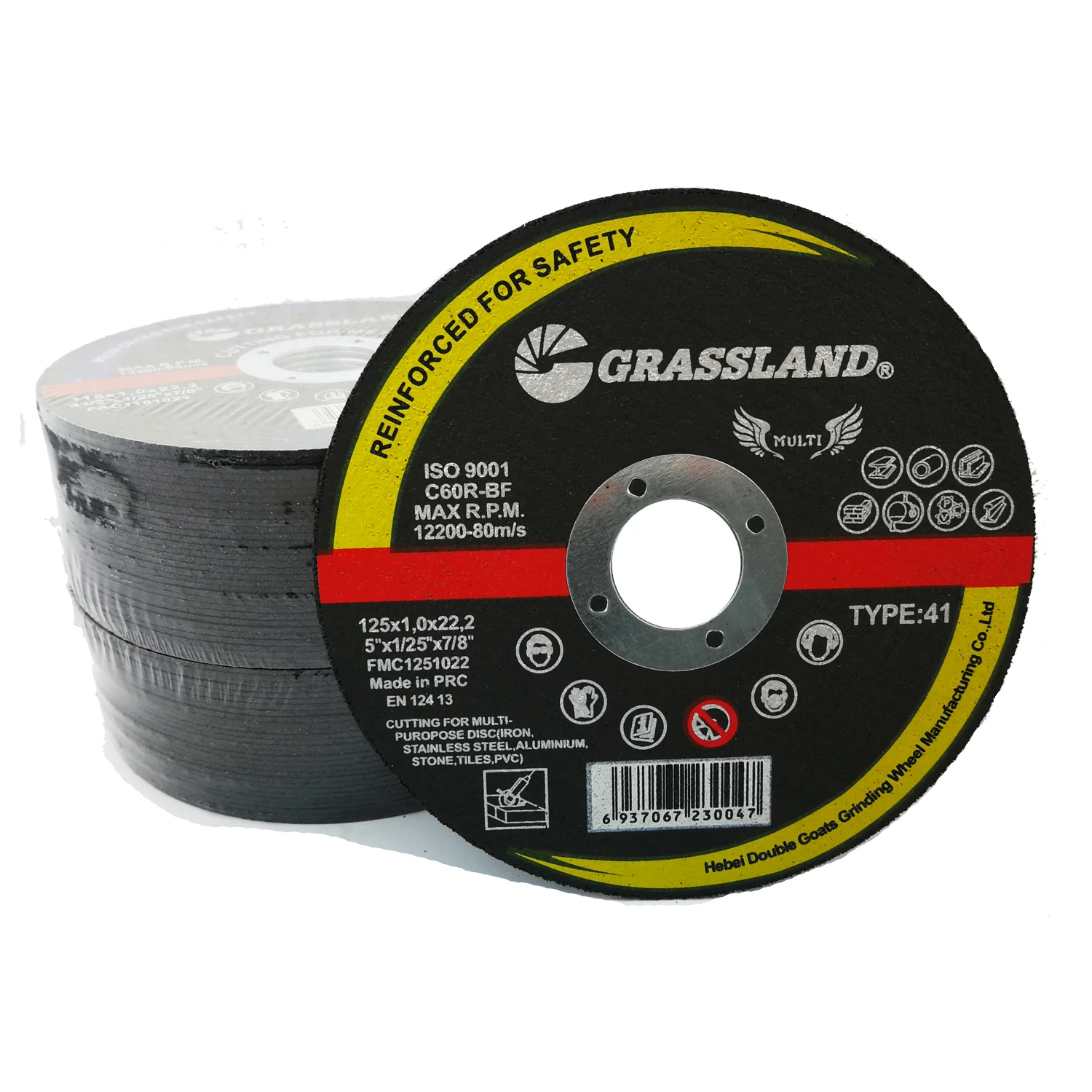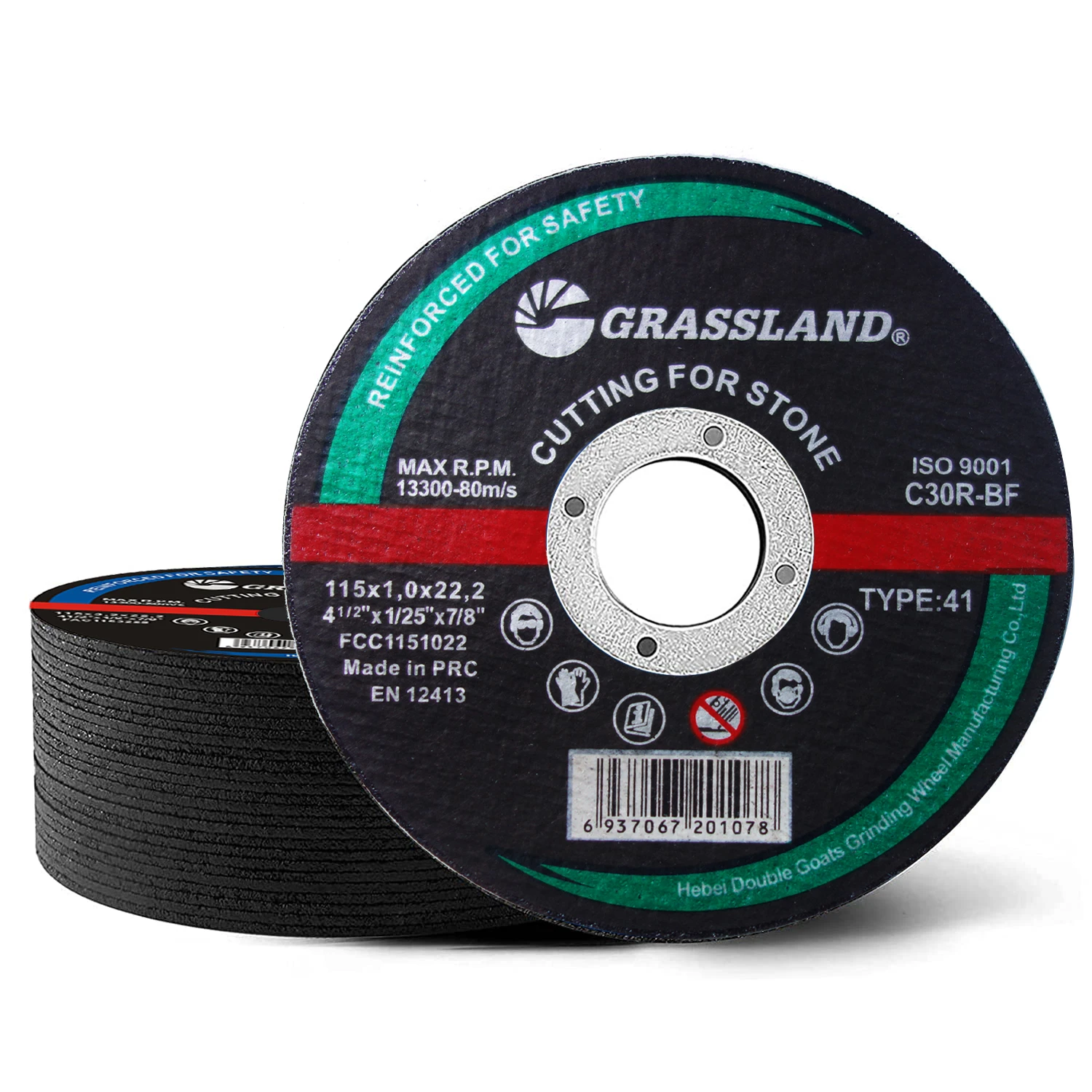In modern metalworking, whether in industrial fabrication or small-scale DIY projects, having the right tools is crucial. A key component in achieving clean, precise, and safe results lies in the quality and type of cutting discs used. Choosing the correct disc for the job isn’t just about performance—it’s also about efficiency, longevity, and safety. Among the vast array of options available, specialized cutting and grinding discs for metal have become indispensable tools across various industries.

Durability and Precision Define the Best Disc Cutter for Metal Applications
While many tools can make basic cuts, the disc cutter for metal brings unmatched precision and durability to the table. These discs are engineered to resist wear even under the intense friction and heat generated during metal cutting. Whether you’re slicing through structural steel or trimming sheet metal, a high-performance disc cutter reduces sparks, maintains shape longer, and minimizes material loss. This level of control not only improves accuracy but also reduces rework, making operations more efficient over time.
Performance Hinges on Selecting the Right Cut Off Disc for Your Tool
The cut off disc you choose plays a major role in how your equipment performs. These thin, abrasive wheels are designed for quick, clean cuts through ferrous and non-ferrous metals. Ideal for use with both fixed and handheld machines, modern cut off discs use reinforced materials to reduce the chance of cracking or shattering. Choosing the appropriate thickness and abrasive composition ensures compatibility with your material type, boosting productivity and safety at once.
Optimize Tool Output with a Reliable Angle Grinder Metal Cutting Disc
No metal fabrication setup is complete without a compatible angle grinder metal cutting disc. These discs pair with angle grinders to offer versatility and maneuverability, especially when working in tight or awkward spaces. Their design allows for rapid cutting without sacrificing control. Thanks to innovations in bonding and abrasive grain technology, these discs are more resistant to heat buildup and edge wear, enabling consistent performance even under continuous use.
Long-Term Results Depend on High-Quality Grinding Discs for Steel
Surface preparation, weld removal, and edge rounding all demand efficient abrasive tools like grinding discs for steel. These are thicker than standard cut off discs, built to withstand sustained pressure and friction. A quality grinding disc removes material aggressively without damaging the underlying metal, maintaining balance between speed and surface integrity. For industries that rely on pristine finishes and structural soundness, investing in top-grade grinding discs is not just recommended—it’s essential.
Increase Shop Versatility with the Right Disc Grinder for Metal Projects
A dependable disc grinder for metal enables craftsmen and technicians to handle a variety of tasks from cutting to polishing. These grinders support multiple disc types and sizes, allowing workers to switch between cutting and grinding operations seamlessly. With the right disc and safety precautions, this tool becomes an extension of the operator's skill, delivering faster job completion and higher precision across numerous metal types, including stainless steel, aluminum, and cast iron.
Factors That Influence Disc Performance and Life Span
When choosing a cutting or grinding disc, several factors should guide your decision: the type of abrasive grain, bonding agent, disc diameter, and thickness all affect performance. Resin-bonded discs, for example, provide more flexibility and resilience for handheld use. Choosing discs suited for specific RPMs ensures that you’re not overloading the tool or compromising safety.
Common Mistakes to Avoid When Using Metal Cutting Discs
Many users make the error of using the wrong disc type for a specific task, leading to premature wear or even equipment damage. Always verify compatibility between the disc and your tool. Another frequent mistake is applying excessive pressure during use, which can overheat the disc and reduce its lifespan. Proper technique and regular inspection of discs are critical to maximizing both safety and productivity.
Disc Cutting and Grinding FAQs
Q: What’s the difference between a disc cutter for metal and a standard abrasive wheel?
A: A disc cutter for metal is engineered for strength and longevity under high-speed friction. Standard wheels may not withstand the same stress or provide the clean results needed for precision work.
Q: How do I know which cut off disc to use?
A: Consider the metal type, thickness, and whether you need a fast or fine cut. Thinner discs cut faster but may wear out more quickly, while thicker discs offer stability and longer use.
Q: Can I use the same disc for cutting and grinding?
A: No. Cutting discs are thinner and designed for lateral cuts, while grinding discs are thicker to handle downward force. Using them interchangeably can be dangerous.
Q: What should I look for in a grinding disc for steel?
A: Look for high-quality abrasive grains like zirconia or ceramic, durable bonding, and proper size for your tool. Heat resistance and minimal vibration are also important features.
Q: Why is the angle grinder metal cutting disc so popular?
A: Its versatility and ease of handling make it ideal for both professional and home use. It can navigate tight corners and awkward shapes, offering more control and precision.
Post time:Aug - 20 - 2025

















